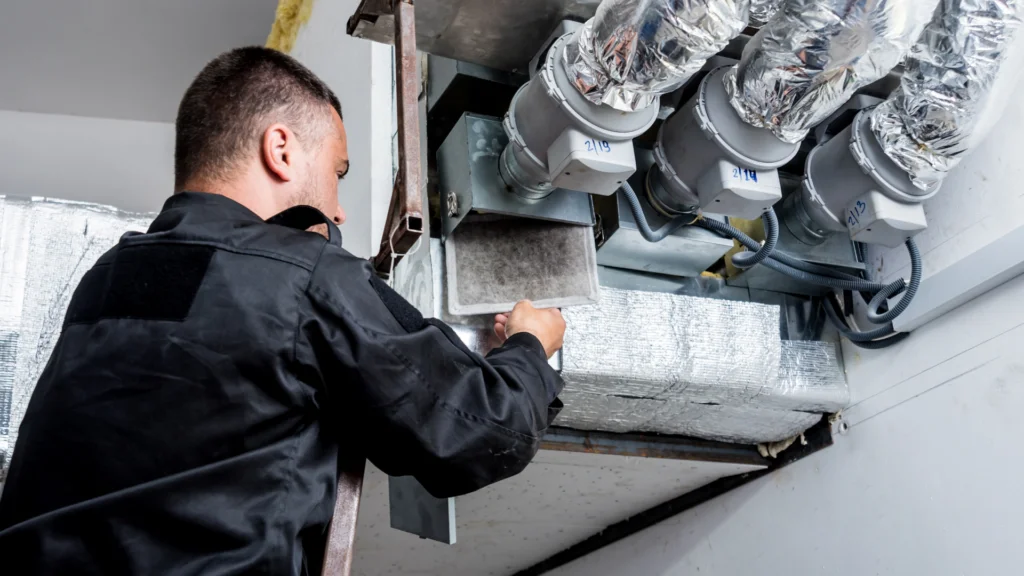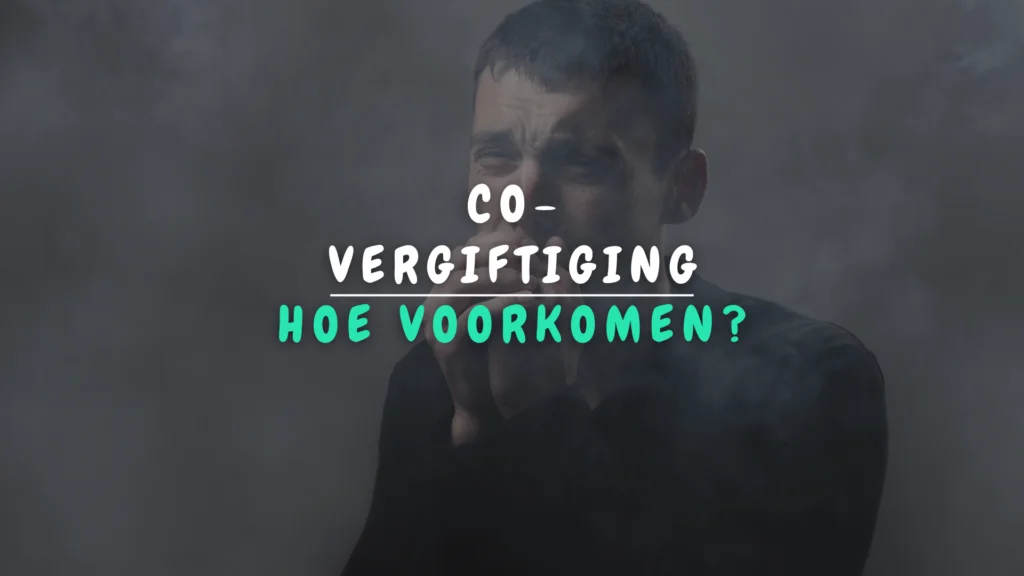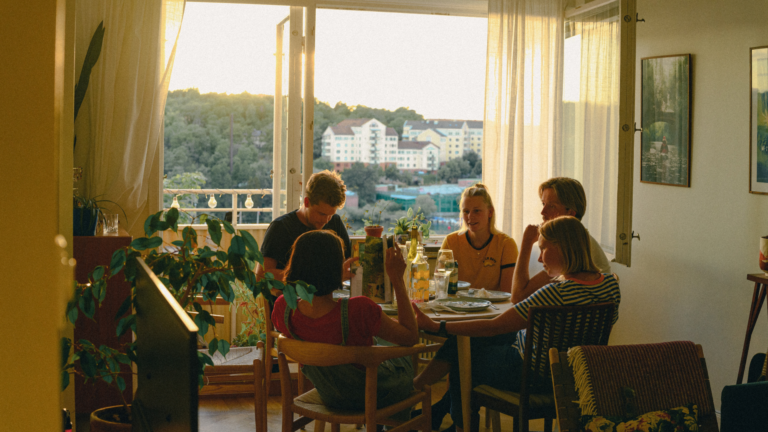No matter how you spin it: carbon monoxide poisoning is deadly. Read the important symptoms, signs, causes and advice for preventing CO poisoning here.
What is CO poisoning?
CO2 poisoning occurs when there is an excessive concentration of carbon monoxide (CO) in the air. This interferes with breathing and causes serious health problems.
CO is enormously dangerous. This is because carbon monoxide is invisible, odorless and odorless. It can build up to life-threatening concentrations in rooms within your home or apartment.
Causes of CO poisoning
CO poisoning occurs during incomplete combustion of fossil fuels due to insufficient supply of oxygen. Fuels include wood, coal, (heating) oil, gas and petroleum.
The most frequent cause is a combustion appliance in the home. Examples include:
- Fuel generators.
- Chimneys and flues.
- Fireplaces, pellet and wood stoves.
- Vehicles such as cars, trucks, motorcycles, etc.
- Gas furnaces and stoves using kerosene or petroleum as fuel.
- Barbecue grills using charcoal, pellets or propane as fuel.
- Gas-fired heating systems such as boilers, stoves, flow-through heaters, central heating systems, etc.
The second most frequent cause is fire.
Symptoms of CO poisoning
Symptoms (incipient):
- Headache.
- Shortness of breath.
- Vomiting.
- Concentration disorders.
- Nausea and dizziness.
Symptoms (advanced):
- Feeling weak yourself.
- Confusion.
- Breathlessness.
- Unconsciousness.
- Cardiac arrest.
- Coma.
Alarm signals:
- Your symptoms diminish when you leave the house.
- Your symptoms will lessen if you ventilate the rooms.
- You see soot deposits around gas geysers on the wall or ceiling.
- You always experience symptoms in the same spaces and/or around the same times.
- You see yellow flames instead of blue flames in your appliance with flame (e.g., gas geyser).
- You see abnormally high humidity and condensation in certain areas of the home.
What to do if CO poisoning (suspected) occurs?
Has a victim fallen? Call 911 immediately. Never simply enter a room where a victim is lying. Otherwise, you may be locking yourself in.
Step 1: Ventilate the room
Open all windows, doors, gates, fences… (if you can do this without risking your own safety)
Step 2: Call 911
State that it is suspected to be CO poisoning. Also state whether the victim is unconscious or not.
Step 3: Eliminate the cause
Turn off the suspected source (if you can do this without risking your own safety)
Avoid explosion. Do not use switches, lighters or matches.
Step 4: Evacuate everyone outside
Resuscitate the victim if he/she stops breathing. Place the victim in lateral safety position.
Find all about the lateral safety position in the article from the Red Cross: stable lateral position.

Preventing CO poisoning
1. Maintain your heating appliance
- Have your heating unit installed by a licensed professional.
- Have your heating unit and drains checked and serviced annually by a licensed professional.
- Do you suspect something? Have your appliance preventively checked by a licensed professional.
- Check the color of your flame: blue is good, yellow indicates poor combustion.
- Read all the tips by room (e.g. Bathroom, kitchen, storage room etc) on the web page: PREVENT CO poisoning from the Poison Control Center. .
2. Ventilate your house or apartment
- Provide constant air supply through a mechanical ventilation system, vents, a window tilted or ajar.
- Provide adequate ventilation in your home. Especially during or after using a heating or hot water appliance.
3. Alert yourself and your roommates
- Install CO detectors with the product standard NBN EN 50291 and a seal of approval (e.g. BOSEC, NF, TÜV, Q-label, VDS):
- to the ceiling in any room with a combustion appliance and/or flue.
- in each living space at a height of 1m50.
- in the bedroom at floor level.
- Test these CO detectors regularly.
- Outline an evacuation plan and test it with all your housemates. That way you will know if the plan is feasible.
Notice: Install your CO detector correctly and place enough of them. Learn that in this YouTube video: Where to place CO detector?
4. Respond quickly
- Be attentive to symptoms.
- If suspected: evacuate, ventilate and call 911.
Figures of CO poisoning
The latest figures recorded are those for the year 2019 (Antivenom Center, s.d.):
- In 2019, there were 830 victims and 29 deaths.
- 87% of accidents happen in private homes. Most accidents (27%) happen in the living room. The second most accidents (16%) happen in the bathroom.
- 79% of accidents are caused by individual heat or hot water production appliances. The top 3 culprits are: bathtub heaters, central gas heaters and coal stoves.
- From the beginning of the heating season (the month of September), the number of victims increases. The number peaks around the months of December-January and then decreases again until April.

Sources: Antivenom Center, Flanders
Would you like to cite this article as a source? Then use:
Stiasteny, L. (2024, Feb. 14). How do you prevent CO poisoning? Apartment.com. Consulted on (date XX/XX/202X), from https://www.appartement.be/hoe-voorkom-je-CO-vergiftiging/






